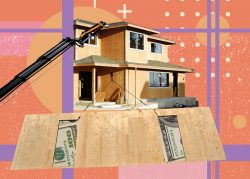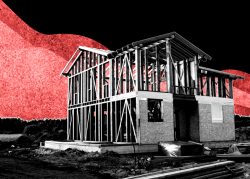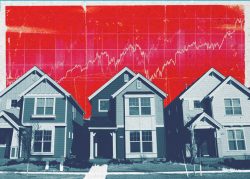U.S. construction spending reached the highest level on record last month as both local and federal governments began loosening the purse strings.
Spending hit a seasonally adjusted annual estimated rate of $1.5 trillion across all sectors last month, the highest recorded since the Census Bureau began tracking this figure in 2002.
January’s rate was up 1.7 percent from December’s revised estimate and up 5.8 percent from the year prior. Homebuilding was largely responsible for the surge, but there was also an uptick in public and private non-housing-related construction.
Read more



Nonresidential construction spending edged up 0.9 percent month-over-month, with the biggest increases in public spending going to highways and streets. For private builders, it was manufacturing.
Notably, government construction spending picked up in January, with federal spending up 6.8 percent last month compared to December. It was also an increase of 6.2 percent from the year before. State and local government spending increased 1.3 percent month-over-month and 2.6 percent year-over-year.
But the strength of the housing market continued to drive spending. Residential construction accounted for nearly half of January’s total with an estimated annual rate of $722 billion, seasonally adjusted.
Housing-related construction spending jumped 21 percent year-over-year in January, as persistent demand from hopeful homeowners continued and the supply of available homes dwindled to historic lows.Despite monthly gains, all other construction spending dropped 5 percent year-over-year. The non-residential sectors that saw the biggest declines compared to January 2020 included lodging, conservation and development.
